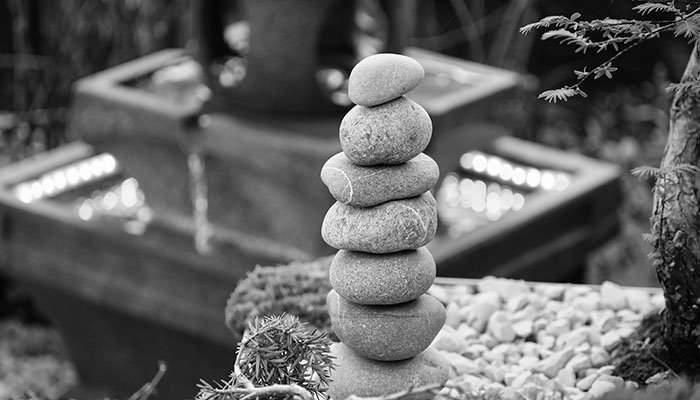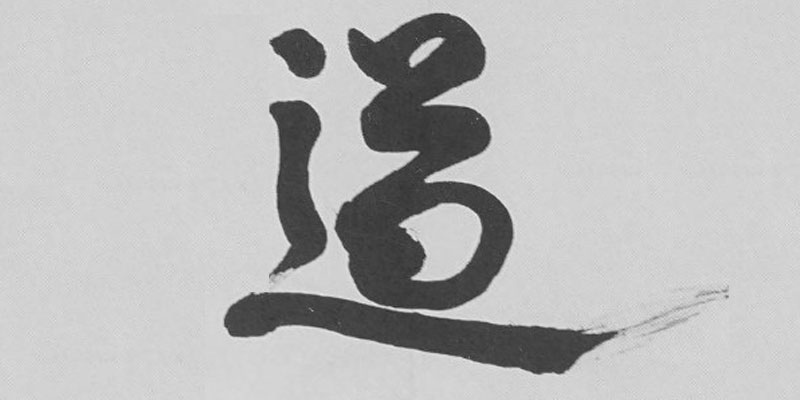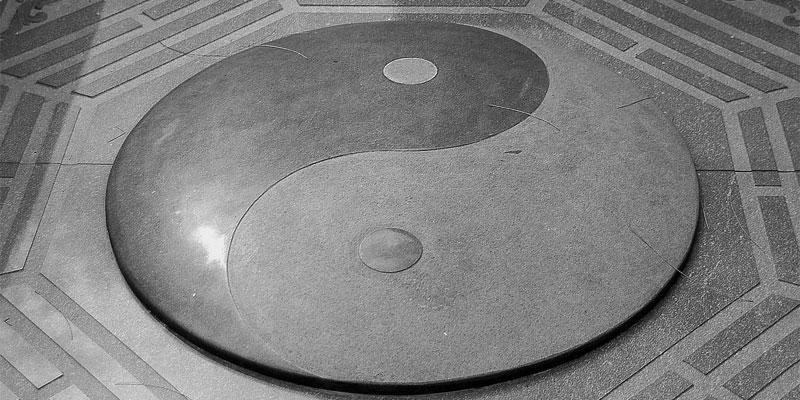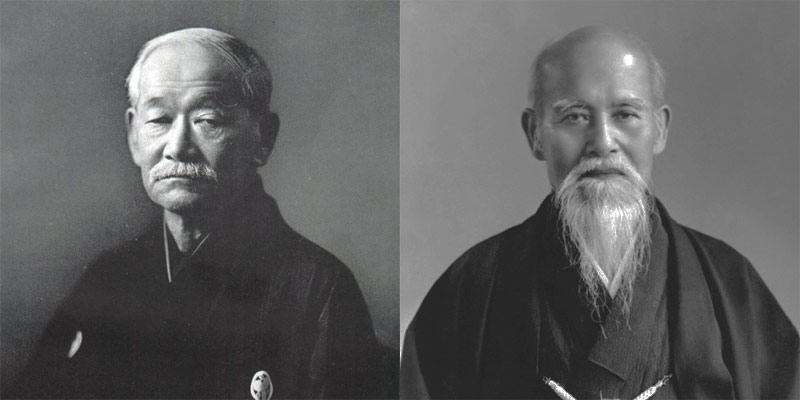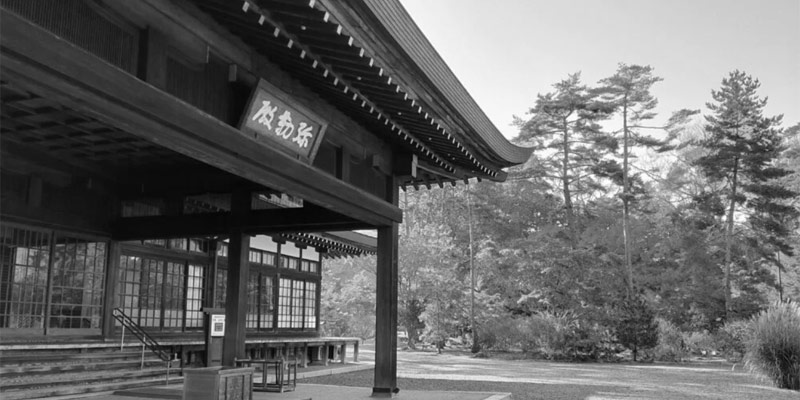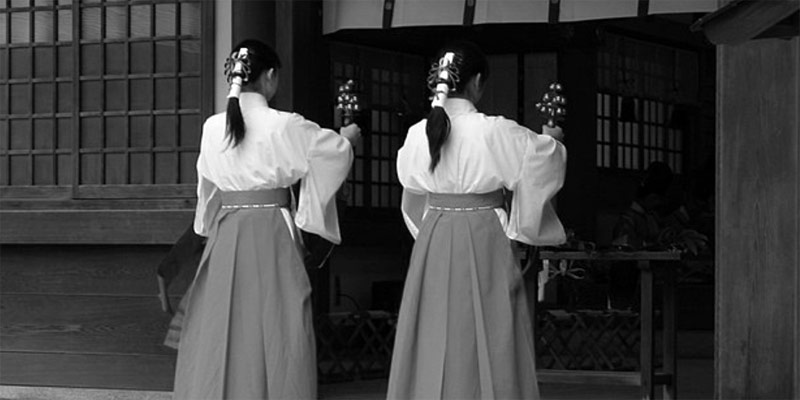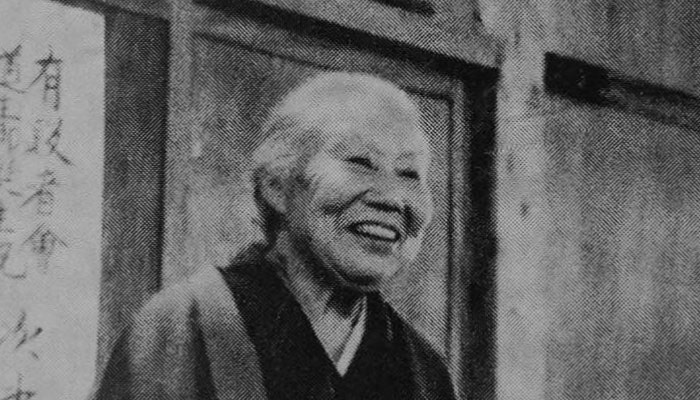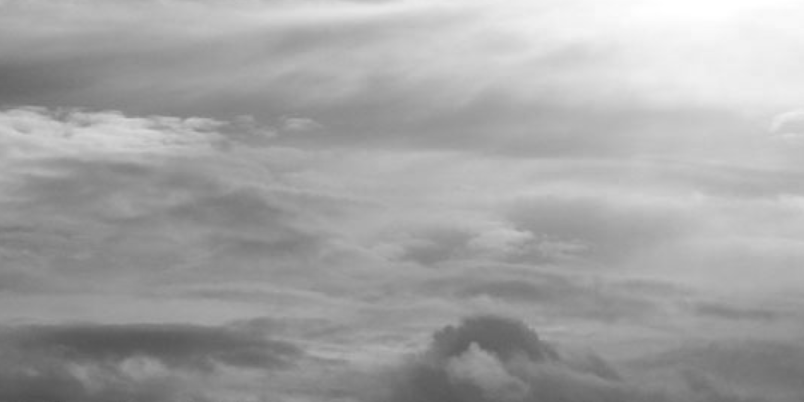-
Hello world!
Welcome to AikidoDiscovery.net, a website dedicated to exploring the fascinating world of the Japanese martial art Aikido! At our website, we’re passionate about sharing our love of Aikido with practitioners of all ages and levels, as well as those who have never practiced it before. Our website is designed to be a starting point for anyone interested in exploring Aikido more deeply. We regularly post short articles on a variety of topics related to Aikido. Whether you’re interested in the history of Aikido, the people who have made significant contributions to its development, the philosophy, the techniques and weapons used in Aikido, or even the spiritual aspect, we’ve got it…
-
Roots in Tanabe: The Childhood and Heritage of O Sensei
O Sensei, Morihei Ueshiba 植芝盛平, was born on December 14, 1883. His official family registry was at Nishinotani Village 西ノ谷村, Nishimuro-gun 西牟婁郡, Wakayama Prefecture 和歌山県. The village was incorporated into Tanabe Town 田辺町 in 1924, and later became part of Tanabe City 田辺市 in 1942. At the time of his birth, Tanabe was the seat of the Ando clan 安藤氏, retainers of the Tokugawa family 徳川氏 of Kishu 紀州. O Sensei’s father was named Yoroku 与六, and his mother was Yuki ゆき. It is said that the Ueshibas had their roots in Misu 三栖, and that O Sensei’s great-grandfather was the first of the family to move to Tanabe. Today’s…
-
One Aikido, Many Expressions: Different Styles of a Living Art
Aikido, a modern Japanese martial art created by Morihei Ueshiba 植芝 盛平 (1883–1969), has grown into a worldwide discipline with numerous styles and interpretations. Though rooted in the same philosophical and technical foundation, the different styles of Aikido each carry their founder’s interpretation, emphasis, and training methodology. Here is an overview of some of the most influential Aikido styles and their defining characteristics. Aikikai 合気会 – Aikikai is the original and largest Aikido organization founded by Morihei Ueshiba, carried on by his son Kisshomaru Ueshiba 植芝 吉祥丸 (1921–1999, Second Doshu) and grandson Moriteru Ueshiba 植芝 守央 (Third and current Doshu). It is considered the Honke 本家 style of Aikido and…
-
Beyond Opposites: Rethinking Ju and Go in Aikido Philosophy
Ju 柔 (Softness) and Go 剛 (Hardness) are terms frequently used in martial arts. Conceptually, we often refer to a martial art or style as being “soft” or “hard”, but is this a meaningful or accurate expression? What are the true meanings of 柔 and 剛? Before diving into the details, let’s start with the question of whether it should be written as 剛柔 (Go-Ju) or 柔剛 (Ju-Go). Historically, 剛柔 is the more traditional and commonly seen order in Chinese classics and early Japanese literature. This form appears in ancient political and philosophical texts, such as Confucius’s Zhong Yong 中庸 (The Doctrine of the Mean) and the military treatise The…
-
Morihei Ueshiba and Jigoro Kano: The Resonance of Two Great Masters
Morihei Ueshiba 植芝 盛平, the founder of Aikido, and Jigoro Kano 嘉納治五郎, the creator of Judo, were two of the most influential martial artists of the 20th century. While their approaches to martial arts differed significantly, they shared a deep mutual respect for each other and for the values of traditional Japanese Budo. Their interactions reflect an interesting dialogue between the preservation of martial tradition and the evolution of combat into a modern sport. Jigoro Kano (1860–1938) was a visionary who sought to modernize traditional Jujutsu into a structured discipline suitable for education and competition. He mastered both Kito Ryu 起倒流 and Tenjin Shinyo Ryu 天神真楊流 Jujutsu 柔術. In 1882,…
-
Morihei Ueshiba, Onisaburo Deguchi, and the Second Omoto Incident
The Second Omoto Incident 第二次大本事件, which occurred in 1935, was a significant event in Japan’s modern history, involving the suppression of the Omoto religion by the Japanese government. Founded by Nao Deguchi 出口直 in the late 19th century, the Omoto religion combined elements of Shinto 神道 and other beliefs, promoting peace and universal harmony. It was led by Nao’s son-in-law, Onisaburo Deguchi 出口王仁三郎, a charismatic figure with ambitious visions for world peace and universalism. Omoto attracted followers nationwide; however, the religion’s perceived unconventional teachings and political influence attracted the scrutiny of the Japanese government, which led to the first major suppression in 1921, known as the First Omoto Incident 第一次大本事件.…
-
The Rise of a New Religion That Shaped Aikido and Sparked the First Omoto Incident
In the early 20th century, Japan witnessed the rise of Omoto 大本 (commonly called Omoto-kyo 大本教, though the formal name omits the “kyo” meaning religion). Its teachings significantly influenced the development of Aikido. Morihei Ueshiba, the founder of Aikido, was known to be a devoted follower of Omoto. However, the religion’s perceived unconventional teachings and political influence attracted the scrutiny of the Japanese government. The first major suppression of Omoto occurred in the early 1920s, marking a turbulent chapter in its history. Omoto-kyo, often considered a new Japanese religion with roots in Shinto 神道, was founded by Nao Deguchi 出口直. Nao, an ordinary housewife from the small town of Ayabe,…
-
Hatsu Ueshiba: The Most Important Woman Behind the Birth of Aikido
Hatsu Ueshiba 植芝はつ, the wife of Morihei Ueshiba, played a vital role in supporting her husband’s martial arts journey and the establishment of Aikido. Born in 1885 in Wakayama Prefecture 和歌山県, Japan, Hatsu was originally named Hatsu Itokawa 糸川はつ. The Itokawa family descended from the Kai Takeda 甲斐武田 clan, whose lineage traces back to Emperor Seiwa 清和天皇, the 56th emperor of Japan. Morihei’s mother, Yuki ゆき, also hailed from the Itokawa clan. Hatsu was two years older than Morihei, and they grew up together as childhood friends. Morihei married Hatsu when he was only 18, shortly before enlisting in the army. The timing of their marriage seems unusual, and the…
-
Aikido: 合氣道 or 合気道?
To determine whether Aikido should be written as 合氣道 or 合気道, it is essential to understand the history and differences between the kanji 氣 (Ki) and 気 (Ki). The character 氣 is the original kanji from China, while 気 is the simplified Japanese version. 氣 (Qi in Chinese) is composed of the radicals 气 and 米. 气 (Qi) is the original form of 氣, pictogram appears in Jiaguwen 甲骨文 (script inscribed on animal bones and tortoise shells) for cloud vapor or moving gas, also representing inhaling and exhaling breath. 米 is rice. The earliest recorded use of 氣 dates back to 25-220 AD, initially associated with food, due to rice…
-
The Art of Shikko and Suwari Waza in Aikido
Shikko 膝行, often referred to as knee-walking, is a fundamental movement method in Aikido. Aikido techniques performed from a seiza 正座 (seated) or shikko position are called suwari-waza 座り技. Suwari-waza is a distinguishing feature of Aikido, rarely seen in other martial arts. To understand why Aikido practices shikko and suwari-waza, one must trace back to Daito-ryu Aiki-jujutsu 大東流 合気柔術, which Morihei Ueshiba, the founder of Aikido, studied before establishing Aikido. Daito-ryu is said to be an Aizu han no otome-ryu 会津藩の御留流, a secret martial art of the Aizu 会津 domain. The Aizu han was a powerful and significant feudal domain during the Edo period 江戸時代, located in the westernmost region…
-
Seiza and Zarei: Embodying Japanese Cultural Values in Aikido
Seiza 正座 and Zarei 座礼, two fundamental practices in Aikido, embody profound cultural and philosophical significance rooted in Japanese tradition. Sei means correct or proper, and Za means sit, so Seiza literally means “correct sitting.” It holds deep historical roots in Japanese culture, particularly within martial arts and ceremonial contexts. In Aikido, practitioners assume the Seiza position by kneeling with their buttocks resting on their heels, both feet flat on the mat, and the big toes may slightly overlap, maintaining an upright posture with a straight spine. Hands rest on the thighs with palms facing down. Taking slow, deep breaths, practitioners relax and cultivate a sense of openness and receptivity.…
